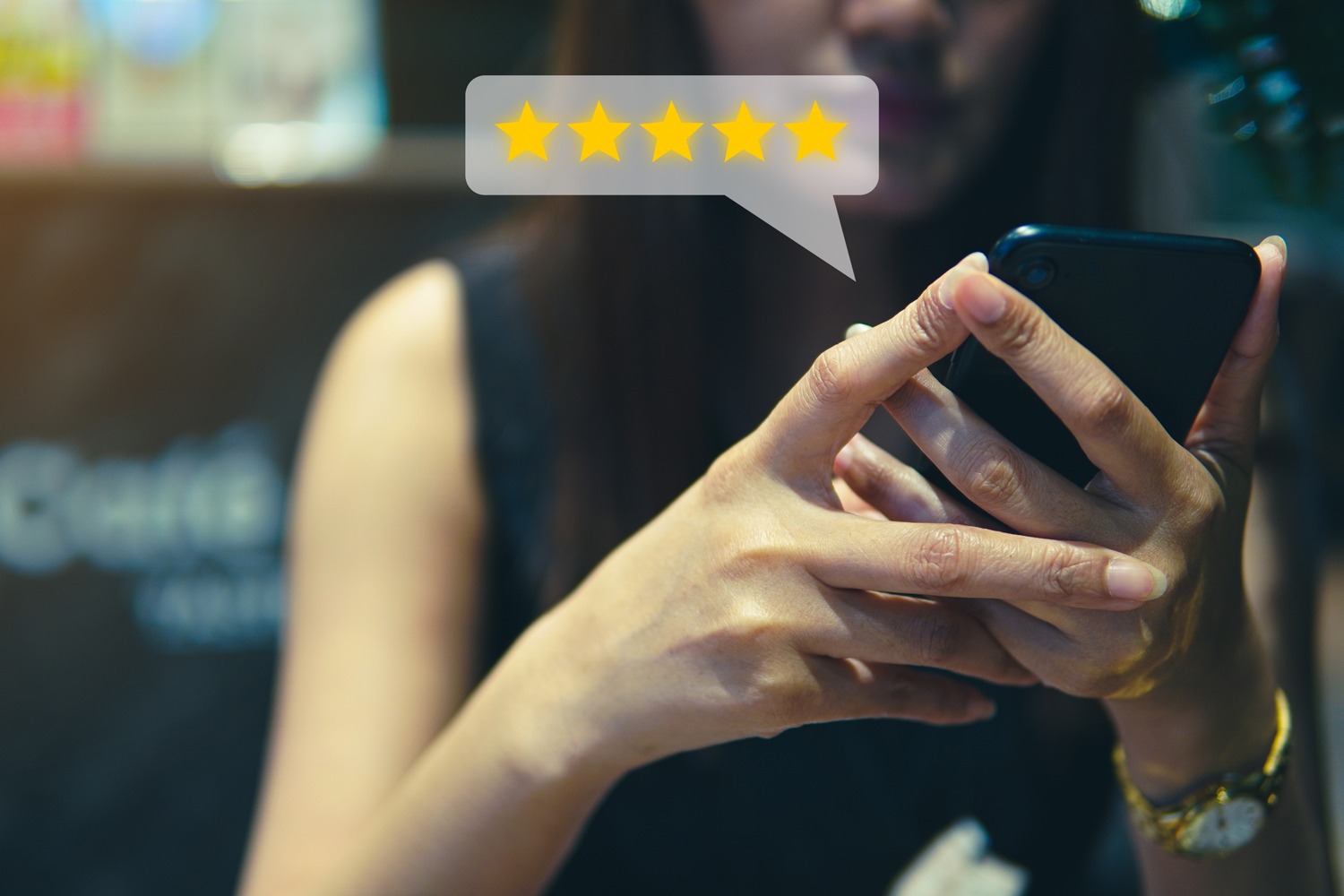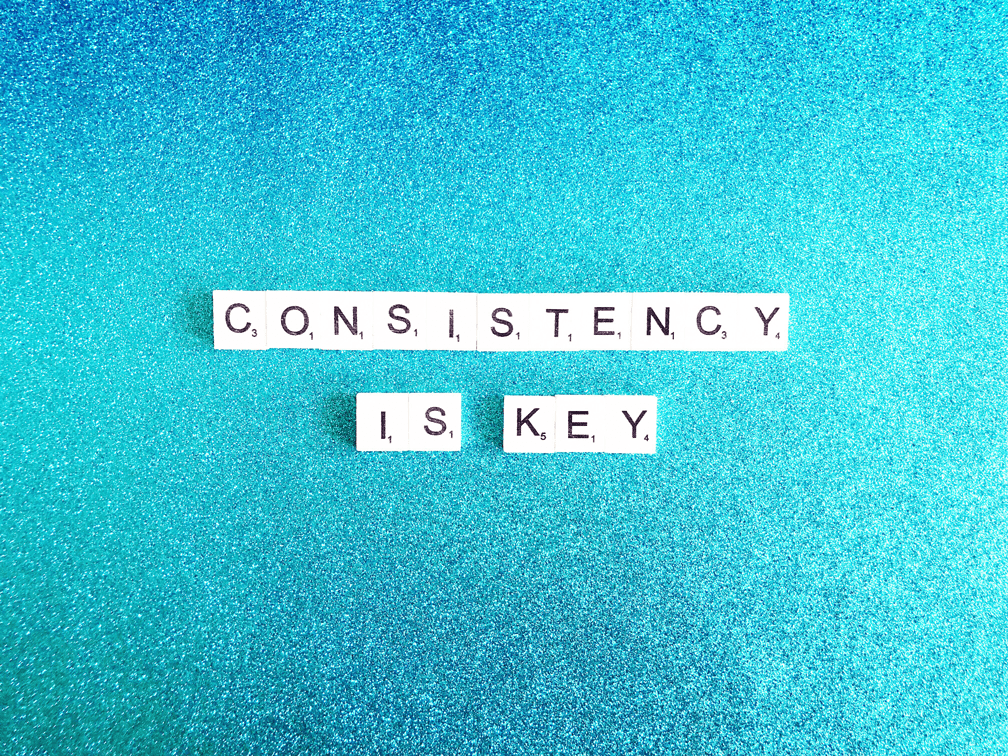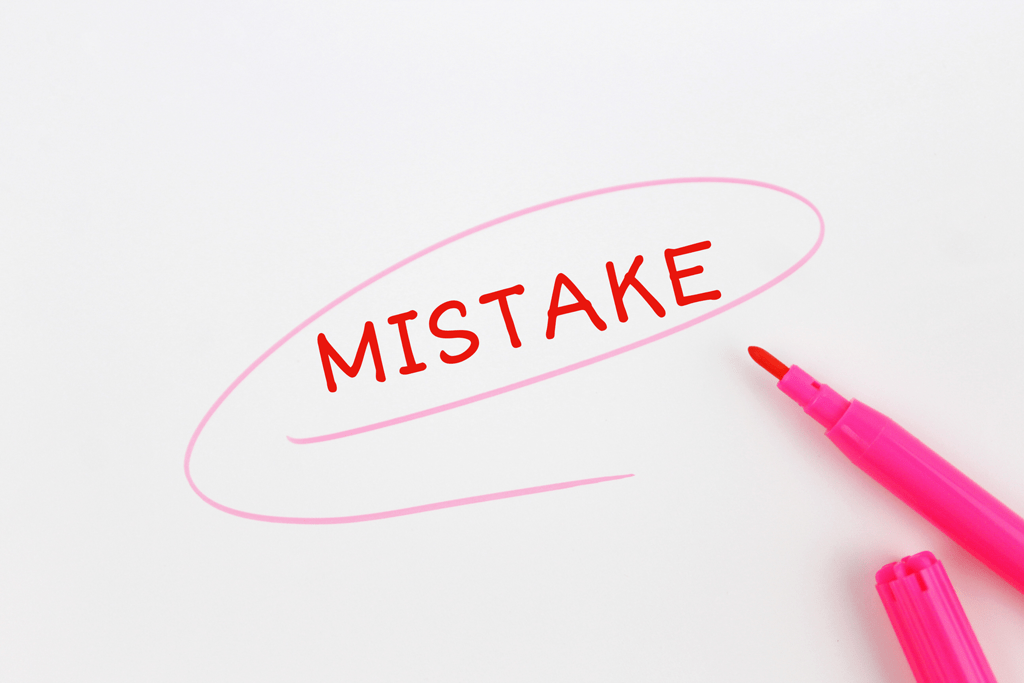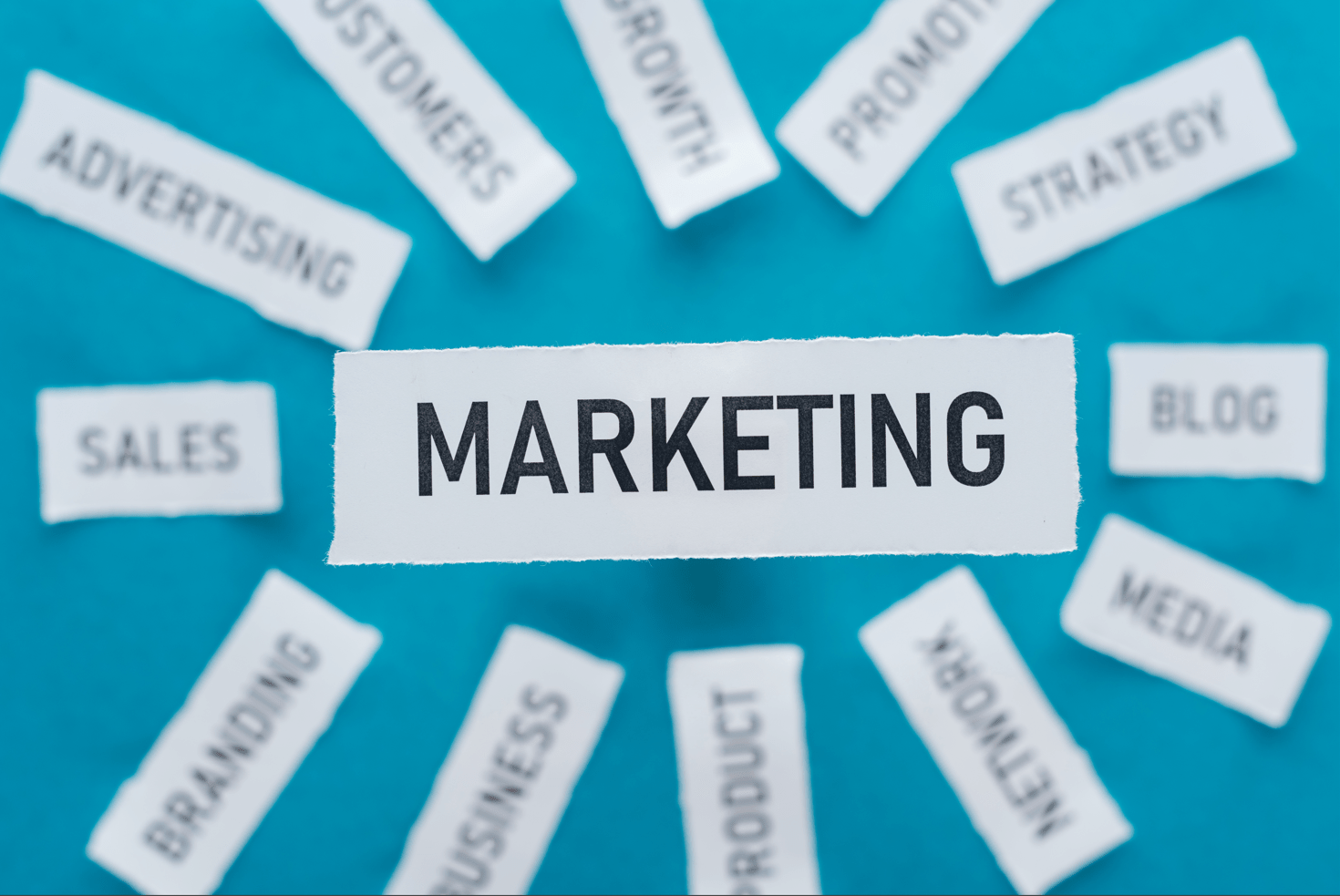Your website is often the first impression potential customers have of your business. While visual design sets the stage, it’s your website content that informs, engages, and compels visitors to become customers. High-quality website content should be a top priority for small business owners looking to drive leads and sales online.
Why Does Your Website Content Matter?
Let’s review some of the biggest benefits your website and business will experience from having high quality content:

Provides Value for Visitors
Excellent website content should educate, engage, and add value for visitors. But before you can think of how your website content can achieve these action items, put yourself in the shoes of a website visitor and ask yourself, “Why are they viewing my website?”
Once you know that answer (you may have multiple answers), your website needs to provide solutions. Consider these ideas:
- Offer tips and how-tos. Depending on the products or services your business offers, this can be really helpful for both current and potential clients. If you want to include more detailed, in-depth information about your products/services, consider having a blog on your website.
- Provide an explanation of products/services. Ever hear the saying, “Can’t see the forest for the trees”? While you know your product or service inside and out, odds are that most people do not. It’s a delicate task to explain what your products/services are in a cohesive, structured way while not providing too much content or detail but also offering enough information so viewers aren’t confused.
- Share local information. Where is your service area? Who is your target customer? Sharing helpful information about the areas you serve, how your business fits into the area, and any relevant contact information will make it simple for your ideal customer to work with and contact you.
Providing truly useful content keeps readers engaged and spending more time on your site.
Takeaway: Creating high quality website content by offering tips, providing an explanation of services, and sharing local information will provide value to website visitors.
Boosts Your SEO
Well-written, keyword-focused website content also aids search engine optimization (SEO). While the use of AI to help create content can be useful, it can’t completely replace a human writer or optimize your content for SEO.
You can write the best content, but without properly utilizing relevant keywords throughout natural-sounding copy, search engines like Google won’t be able to understand your pages’ topics. Not having your content indexed by search engines will directly impact how high you can rank in search results.
The moral of the story? Optimized content attracts more qualified organic traffic to your site.
Takeaway: High quality content optimized for search engines will help you rank higher in search results and drive more traffic to your website.
Supports Your Overall Marketing
Your website content isn’t just the hub that anchors all marketing efforts driving traffic to your site – it’s also the only digital “salesperson” operating 24/7 for your business. Just like your branding should be consistent across all graphic design, web design, and print materials, so should your web copy align with and support campaigns across social media, PPC ads, email marketing, and more.
Strong, consistent content better converts that traffic into leads across channels.
Takeaway: Your web copy is an integral part of your marketing that requires consistency across all relevant marketing channels.
Enhances the User Experience
If you’ve ever been on a website and were unable to find the information you’re looking for, clicked links that turned out to be broken, or couldn’t understand the information provided, you might have decided that business wasn’t worth working with, given your negative experience.
Users should be able to easily navigate and find information on your site. Here are a few ways you can achieve this through your website content:
- Write descriptive headers that are clear so visitors can quickly scan and jump to the sections most relevant to them.
- Include bulleted lists to help break up dense paragraphs and highlight key takeaways, which helps retain reader attention.
- Use ample paragraph breaks to make the content less intimidating and easier to digest so readers are not confronted with a huge wall of text.
Add internal links to improve user experience, allowing visitors to seamlessly navigate to other related pages of interest. This keeps visitors on pages longer, and viewing more content rather than quickly clicking away.
Takeaway: Well-written and organized website copy results in a positive user experience that keeps people on your site longer and viewing more content overall.
Increases Leads and Sales
Informative, engaging website content educates consumers so they feel confident doing business with you. By consistently providing valuable information through your copy, you establish expertise and credibility. Readers see you as an authority they can rely on for solutions related to your products or services.
Here’s an example of how this might look on a buyer’s journey:
- First, they may land on a blog post from a search, learning about their problem.
- Second, they read about tips for evaluating solutions, building desire.
- Finally, more content compares options and outlines your process, nurturing leads.
With each stage, viewers become more qualified due to the knowledge they’ve gained from your website content. They feel assured you understand their needs and can provide the right solution.
In this way, useful copy moves prospects through the sales funnel, turning cold traffic into engaged subscribers, qualified leads, and finally loyal customers. Your website content plays a central role in attracting and converting visitors throughout the buyer’s journey.
Takeaway: When every piece of website copy, from blog posts to service pages, focuses on addressing needs, solving problems, and clearly communicating value, website visitors can become qualified leads and loyal customers.
Here’s a Quick Recap:
- Provide value: Creating high quality website content by offering tips, providing an explanation of services, and sharing local information will provide value to website visitors.
- Boost SEO: High quality content optimized for search engines will help you rank higher in search results and drive more traffic to your website.
- Support marketing efforts: Your web copy is an integral part of your marketing that requires consistency across all relevant marketing channels.
- Enhance user experience: Well-written and organized website copy results in a positive user experience that keeps people on your site longer and viewing more content overall.
- Increase leads & sales: When every piece of website copy, from blog posts to service pages, focuses on addressing needs, solving problems, and clearly communicating value, website visitors can become qualified leads and loyal customers.
At Paragon Marketing Group, we understand that creating great website content requires an investment of time and resources. But the payoff in increased visibility, traffic, leads and sales makes it well worth it.
If you need help with your website content, contact our team to perform an audit of your current site and revamp the copy to deliver better results. Let us optimize your 24/7 online salesperson through high-impact website content.
To learn more, please visit our website at paragonmarketinggroup.com or call us at 262-443-9092. We’d love to hear from you.



















